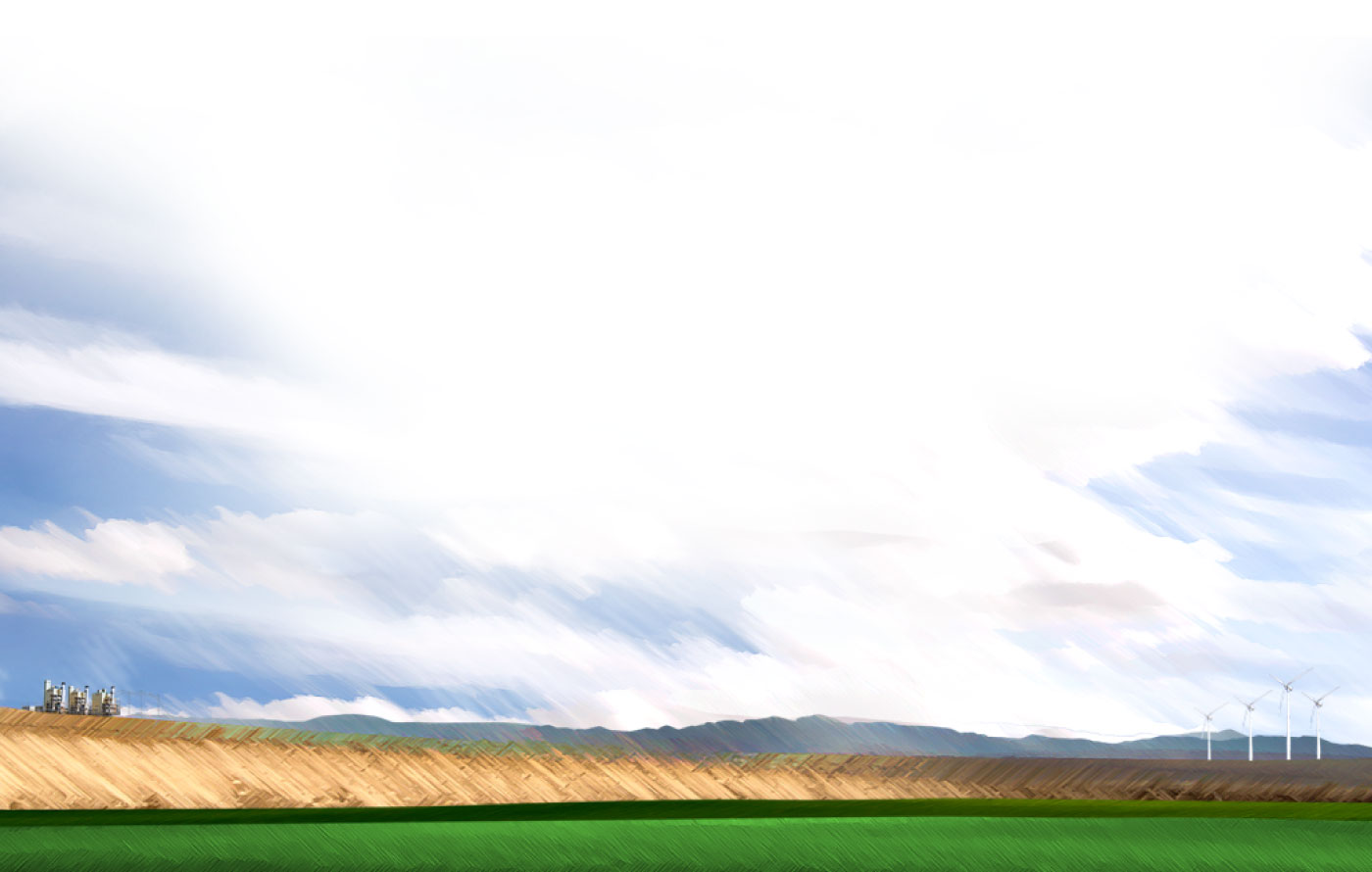News Releases
Home Improvement Project Benefits Swainson's Hawks
May 13, 1999
9:00pm
Contact: Karl Walquist/Bob Sagan
Phone: (775)834-4345
For Immediate Release
Sierra Pacific Power Co. has constructed a new home for four Swainson's Hawk chicks in rural Nevada.
Their new abode is a"dummy" power pole erected by a Sierra Pacific line crew from Minden about 100 feet away from an actual power pole where a pair of adult hawks had renovated an old nest. Steve Siegel, an environmental scientist with the utility, said the birds were relocated to protect them from potential electrocution when the power line was re-energized to serve a new agricultural sprinkler system in the Mud Lake area south of Minden. The distribution power line is not used during the winter months.
"This is a new, experimental technique that's been used successfully elsewhere with other species of hawks, but it's not a common practice," Siegel said of the chick relocation, adding that the adult hawks are likely to return to the site and use the artificial nesting platform again in future years.
Acting with permission of the Nevada Department of Wildlife and the U.S. Fish and Wildlife Service, Siegel temporarily removed the chicks from their original nest.
The line crew then removed the nest and attached it to a wooden pallet that had been secured to the top of the 45 foot-tall dummy power pole. The chicks were then returned to the nest. Siegel wore a hardhat and protective clothing to avoid being injured by the sharp talons of the angry parents as he removed the chicks from the nest. A Sierra Pacific bucket truck lifted him to the top of the power pole.
After about 2 hours, a parent bird returned to the nest and fed the chicks from the assortment of rats, voles and quail already in the nest. This action signaled a willingness to accept the relocation and a successful operation.
"Otherwise, it would have been necessary for us to take the chicks to a wildlife rehabilitation center where they would be raised until they were old enough to fend for themselves," Siegel explained. The chicks will remain in their new nest until they are about 6 weeks old.
Swainson's Hawks are found throughout northern Nevada. They are much less common than the red-tailed hawk and have been dwindling in numbers in recent years, due to the loss of nesting habitat, according to Siegel. Their numbers have decreased so much in California since the 1940s that California has listed the bird as"threatened" and they are listed by the federal government as a"species of concern."
The hawk feeds primarily on rodents in meadows or agricultural areas and can be identified by its long, narrow, pointed wings, dark brown head and nape, white throat and eyebrows. They normally nest in tall shrubs or smaller trees. There are few of these in the immediate area of Mud Lake, making the power pole a suitable substitute.
Sierra Pacific has had success with a similar program at the Nevada State Fish Hatchery near Yerington in Mason Valley. Utility linemen constructed similar nesting platforms at the hatchery to draw a pair of adult osprey (large fish-eating hawks) away from a power pole where they had previously attempted to build a nest. In 1998, two osprey chicks were hatched in a nest located on one of the platforms. The osprey have returned to the site this year and are in the process of nesting.
The company also installs bird perching deterrents on company electrical facilities to prevent electrocution of eagles and hawks at hazardous sites.




